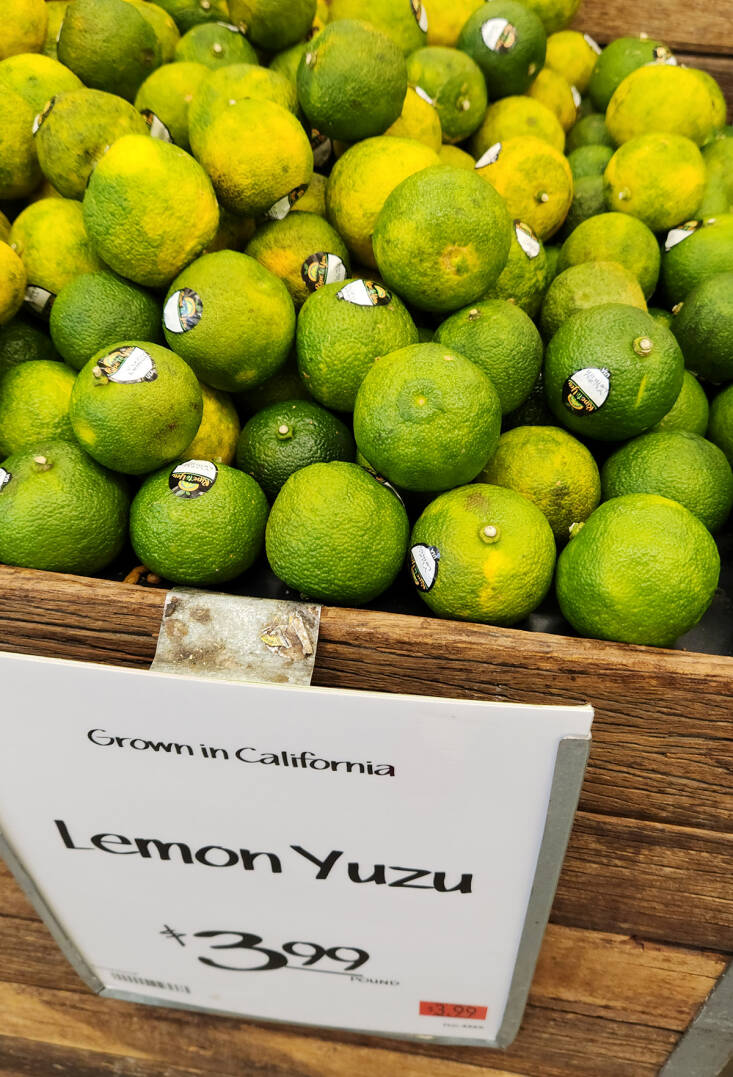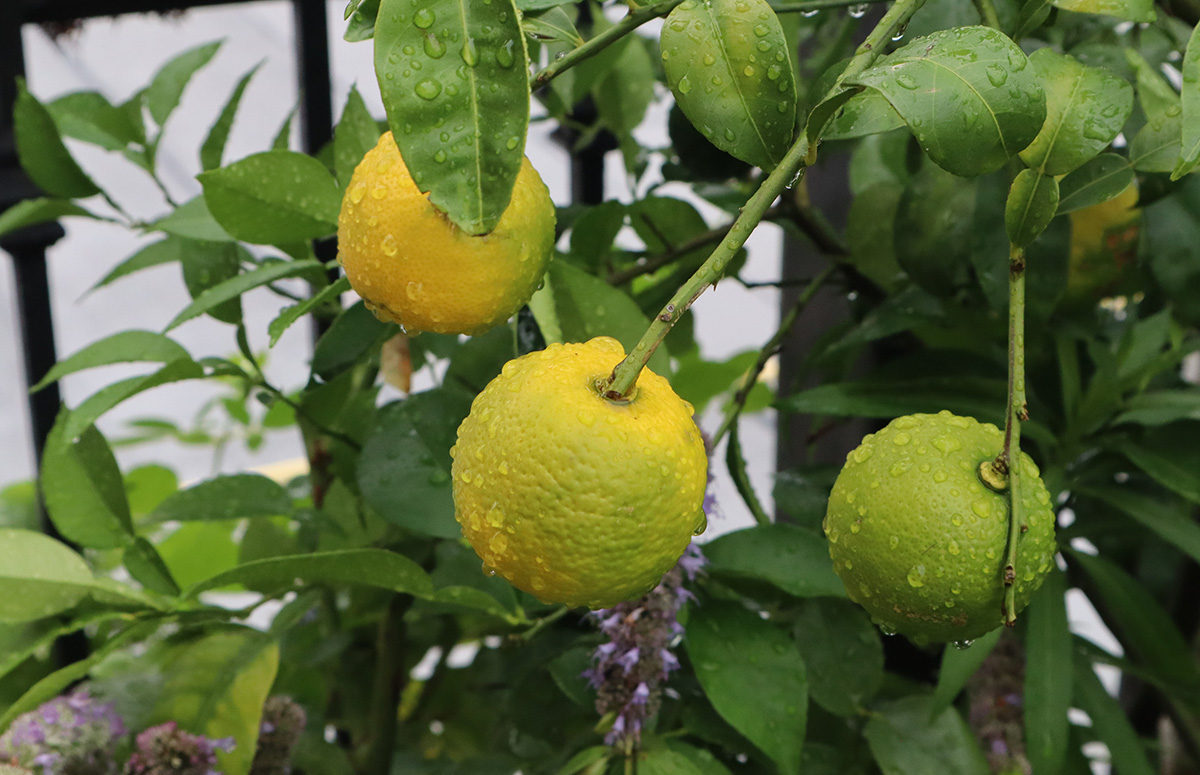Yuzu is the unforgettably aromatic citrus whose zest is a siren call to anyone who loves to eat. Or drink. Or just smell the world. Whether immature and green, or ripe and golden, this citrus is addictively delicious. The fruit’s season begins in early fall and extends through mid-winter. You can grow your own, or buy them. And preserving your precious crop (or purchase) is half the fun.
Here’s how.
Photography by Marie Viljoen.

The perfume of yuzu is very different from lemon. Ripe yuzu is floral and spicy. It’s hard not to smile when you sniff it. The thick skin and aromatic pith make the fruit look slightly rumpled in cross-section, as though a clementine has lost weight inside its jacket and wants to shrug it off.
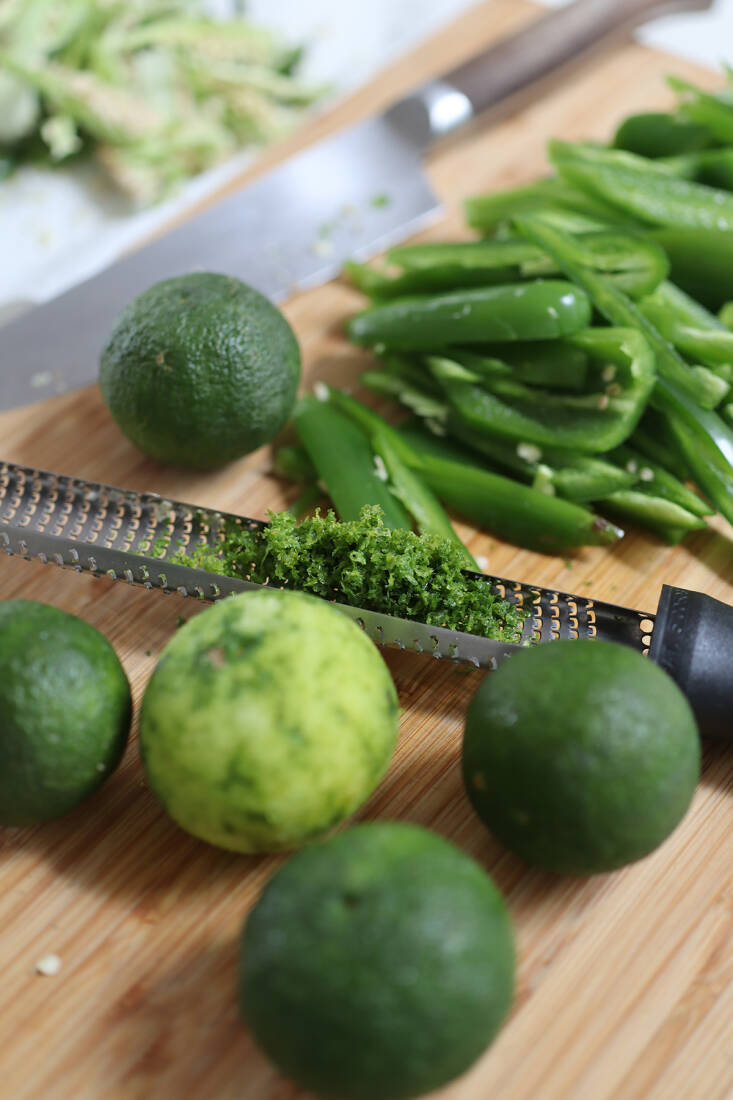
When unripe and green, the zest is piercing and more herbal. Immature, rock-hard green yuzu come to market around early fall, depending on where they are grown. Their penetratingly-scented green rind is an essential ingredient in yuzu kosho, an aromatic fermented relish made with hot chiles.
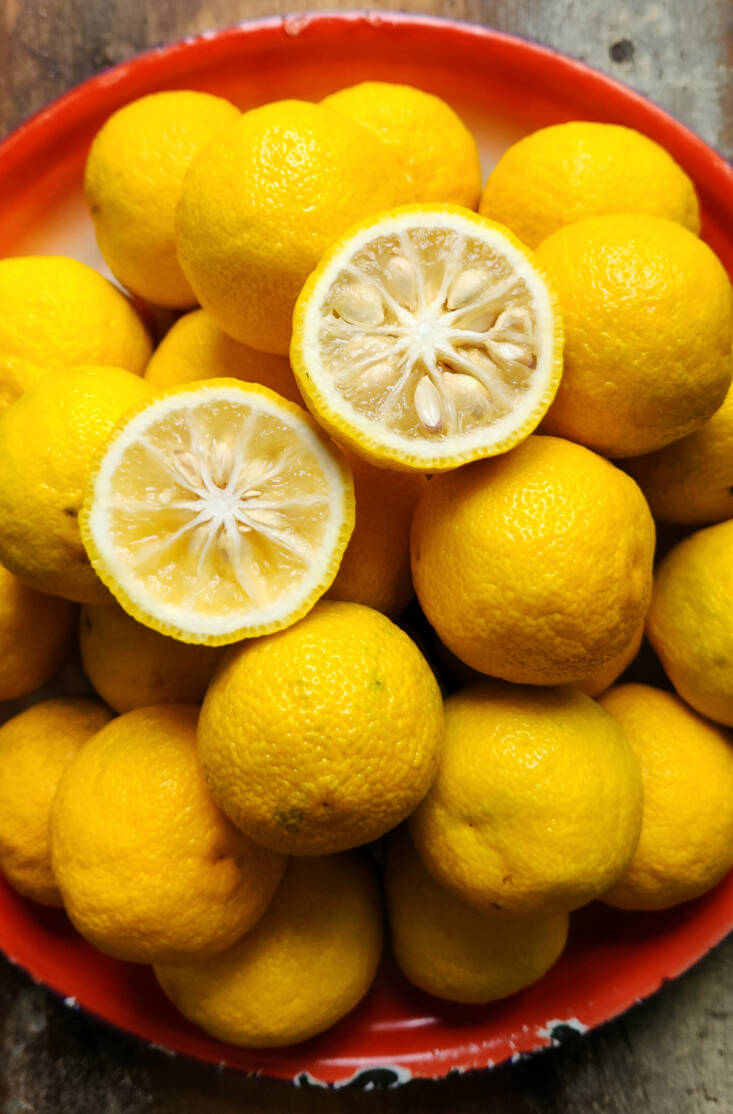
Inside the cut fruit, you will find many (many) large seeds and not too much juice. But it’s the thick skin and pith that are needed to make dramatically fragrant yuja-cheong (transliterated Korean for yuzu marmalade), made by combining fresh yuzu slices with sugar (find our recipe here). Spoonfuls of yuja-cheong are stirred into boiling water for therapeutic tea (yuja-cha), where the slices can be eaten after the liquid has all been sipped. It is also delightful shaken into a cocktail, or stirred into chilled water, for an uplifting celebration.
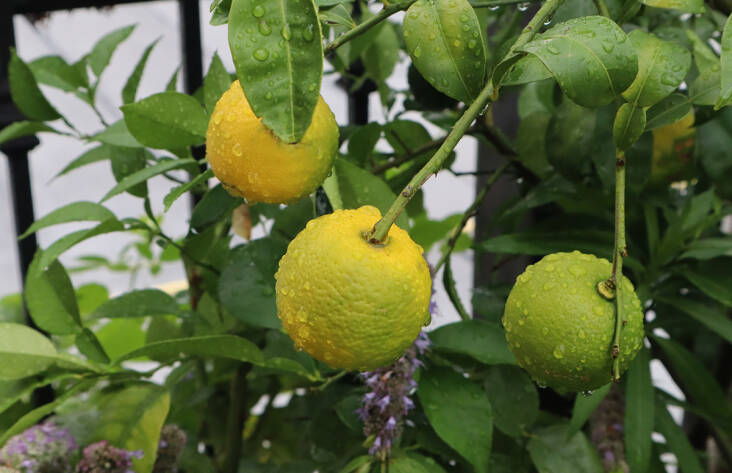
For gardeners, yuzu trees can be grown in pots or in-ground. As October cools, my own tree is about to yield a small crop of ripe yellow fruit, with a second flush to follow. Citrus junos is one of the hardiest of the citrus trees and is able to tolerate freezes in USDA Zone 8. Any colder and you should overwinter it indoors. Yuzu trees from Four Winds Growers are grafted onto dwarf rootstock, which makes them ideal for containers.
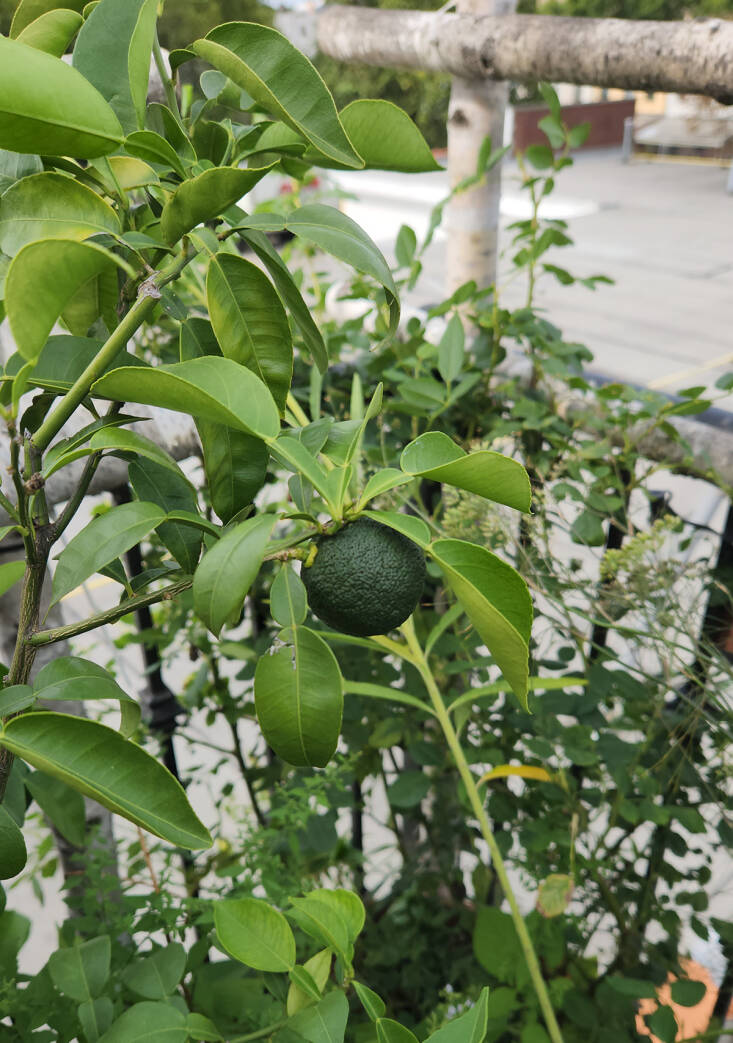
Because commercial citrus production is vulnerable (like any monoculture) to pests and diseases, imported yuzu are not currently allowed into the US. But thanks to an increasing number of growers Stateside, fresh fruit is available for a brief season either directly from those growers, online via a vendor, or even at some supermarkets, like Whole Foods. Start looking for them in October, when they will still be green. Ripe fruit tend to be available from December.
